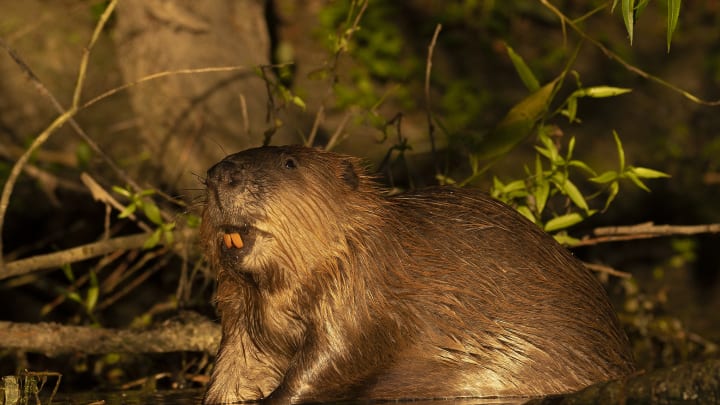The Importance of Keystone Species in Ecosystems

Keystone species are animals that have a disproportionately large impact on their ecosystems relative to their abundance. Unlike apex predators, which are known for their role at the top of the food chain, keystone species can occupy various positions within an ecosystem. Their influence is so significant that their removal can lead to dramatic shifts in the structure and function of the environment. One of the most well-known examples of a keystone species is the beaver, whose activities profoundly shape the landscapes they inhabit.
Beavers are often referred to as "ecosystem engineers" because of their ability to modify their surroundings. By building dams and creating ponds, beavers transform streams and rivers into wetland habitats. These wetlands provide critical resources for a wide range of species, including fish, amphibians, birds, and aquatic plants. The ponds and slow-moving water created by beaver dams offer a safe haven for fish to spawn, amphibians to breed, and birds to find food and shelter. Without beavers, many of these species would struggle to survive.
The impact of beavers on ecosystems goes beyond the creation of wetlands. Their activities also help regulate water flow and improve water quality. Beaver dams slow down the flow of water, which reduces erosion and allows sediments and nutrients to settle. This process creates fertile environments for plant growth, supporting a diverse array of vegetation. The presence of this vegetation, in turn, stabilizes soil, prevents erosion, and enhances the habitat for other wildlife.
Beavers also play a critical role in maintaining the health of riparian zones, the areas of land adjacent to rivers and streams. These zones are essential for filtering pollutants, providing habitat for wildlife, and supporting the overall health of the ecosystem. By creating wetlands, beavers help to expand riparian zones, increasing the biodiversity and resilience of the landscape. This has positive effects on the entire ecosystem, from the smallest insects to large mammals.
The loss of beavers from an ecosystem can lead to significant negative consequences. Without beavers, streams may flow more rapidly, leading to increased erosion and the loss of valuable topsoil. The absence of beaver-created wetlands can result in a decrease in biodiversity, as species that depend on these habitats for survival are left without suitable environments. Additionally, water quality may decline, affecting both wildlife and human populations that rely on clean water sources.
Conservation efforts aimed at protecting beavers and other keystone species are vital for maintaining the health and stability of ecosystems. These efforts often involve habitat restoration, reintroduction programs, and policies that protect these species from human activities such as trapping and habitat destruction. Educating the public about the importance of keystone species is also crucial for fostering a broader understanding of the interconnectedness of ecosystems and the need to protect all components of the natural world.
In conclusion, keystone species like beavers play an essential role in shaping and maintaining the ecosystems they inhabit. Their activities support biodiversity, enhance ecosystem services, and contribute to the overall health and resilience of the environment. Protecting these species is not just about conserving individual animals, but about preserving the intricate balance of ecosystems that sustain life on Earth.